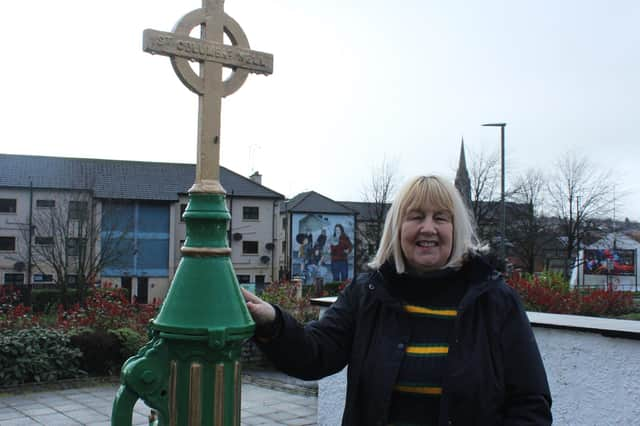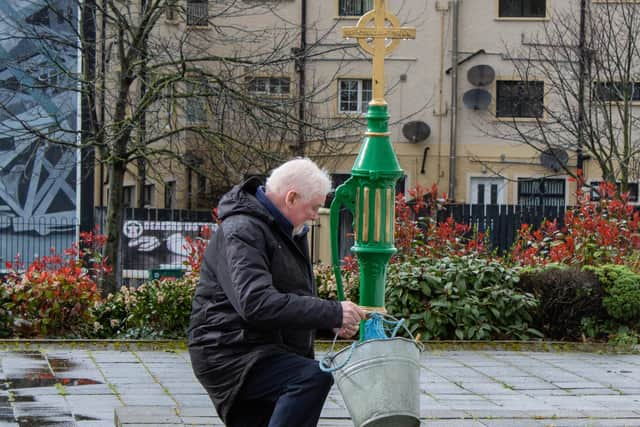St. Columb’s Well features in new Manchán Magan series ‘Ag Triall ar an Tobar’ with Mary Delargy as guide


Throughout the series presenter Manchán Magan will be travelling the country uncovering holy wells that have been sites of worship and prayer for centuries and are still visited today for those seeking comfort and peace.
In the latest episode, which will air on TG4 on Thursday, St. Columb’s Well just outside the Derry walls will be featured with Mary Delargy talking to Manchán about an historic spring that has stood in the Bogside throughout history.
Advertisement
Hide AdAdvertisement
Hide AdOrdnance Survey Ireland claimed there were as many as 3,000 holy wells in Ireland - more than in any other country in the world.


‘Ag Triall ar an Tobar’ fuses the exploration of Christianity and Pagan customs with historical record and local knowledge to take viewers on a journey through some of Ireland’s undiscovered sacred places.
Manchán speaks of some of the customs that visitors to the wells would enact, from tying ribbons to nearby trees to circling wells clockwise three times.
He also lists all the potential ailments that might find relief and treatment from the waters of various holy wells. These ailments can be a cure for a herd of cattle or a cure for dementia or bi-polar.
Advertisement
Hide AdAdvertisement
Hide AdManchán takes a deeper look at the enduring relevance of these sacred sites that were usually dedicated to Saint names that still echo like Bríd, Pádraig and Colmcille, but may originally have been pagan sites.